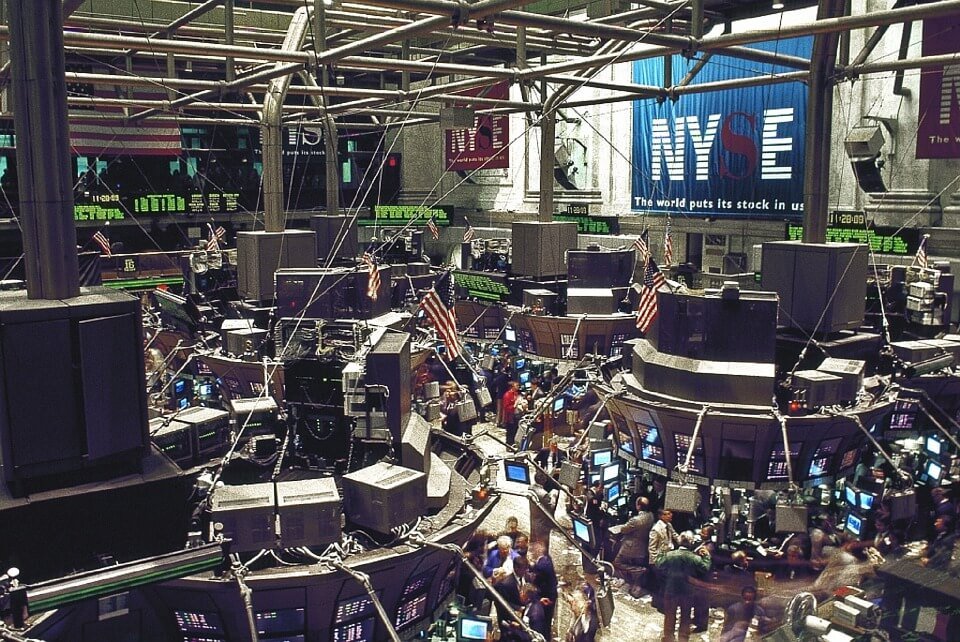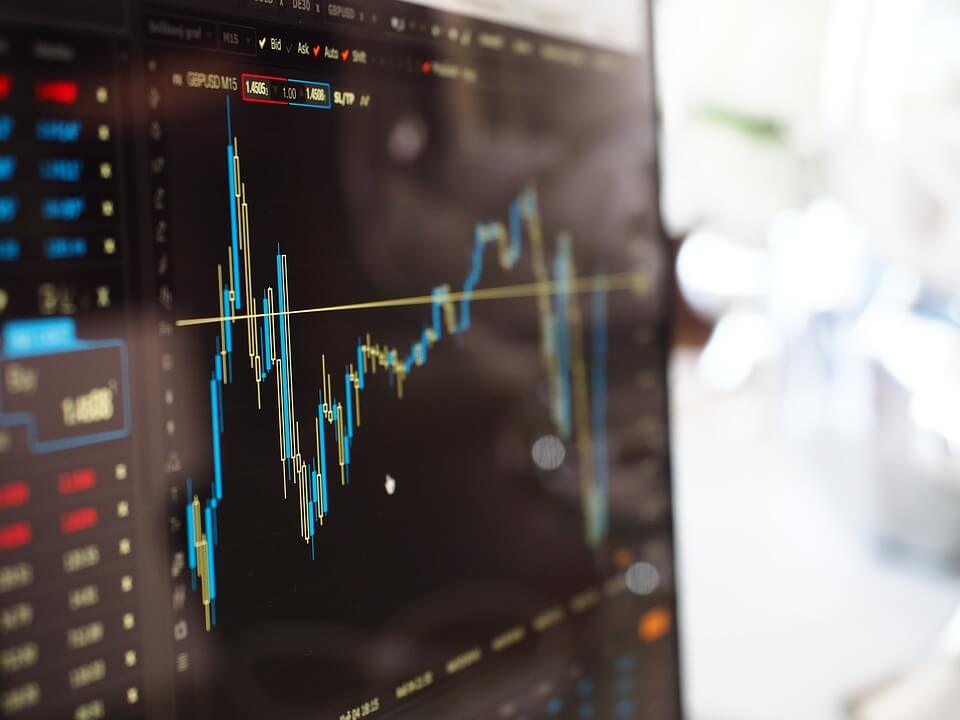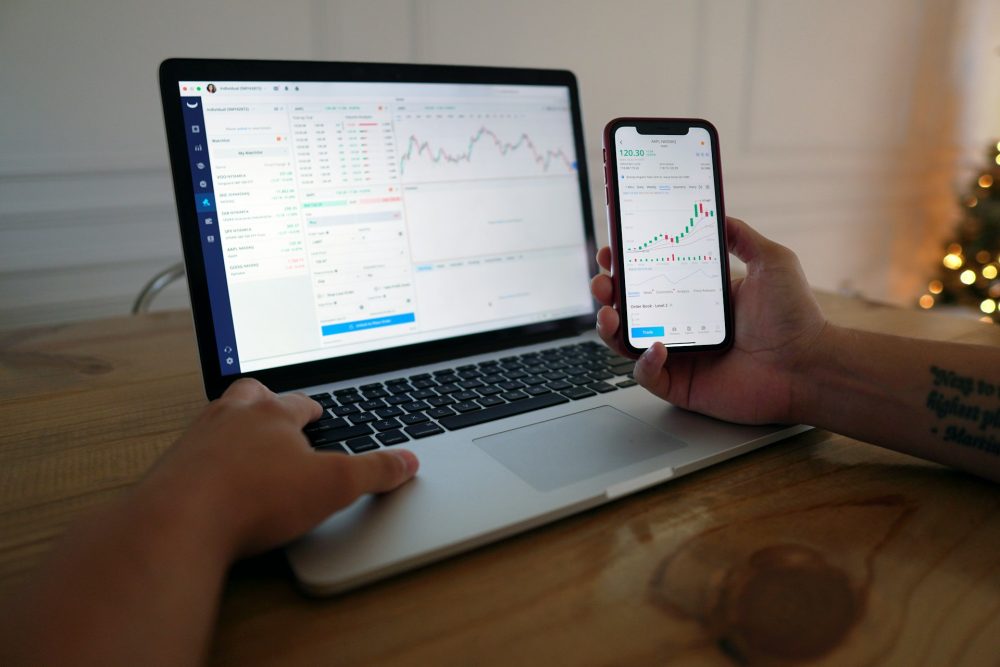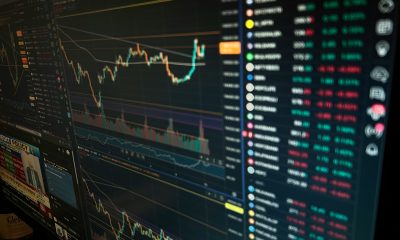Featured
What you should know about SPDR ETFs
Here are some pros and cons of investing in SPDR ETFs for those who want to invest in the stock market.

The stock market will always be unpredictable. Investing, and doing so properly, is still quite a difficult task to do. Those looking to get in on the stock market should consider SPDR ETFs as a viable option. As one of the most flexible investment options, there are several advantages that could help investors get ahead of the market.
Also known as “spiders,” the Standard and Poor’s depositary receipts are index funds based on the S&P 500 index. It was first introduced on the American Stock Exchange (AMEX) in 1993 by the investment management group of the State Street Global Advisors. With each share of SPDR holding a stake in the 500 stocks by S&P 500, it has become one of the top ETFs to follow.
According to Investopedia, SPDR ETF trust shares have a fixed number of shares available for transactions on the open market. This type of trust shares isn’t created at the time an investor places his or her money.
SPDR ETFs vs mutual funds
This key difference between ETFs and mutual funds give the former’s investors more voting privileges over the other. Basically, SPDR shareholders have the right to vote on proxies for a unit investment trust, thus giving them more control over their investment.
Aside from this, SPDR ETFs also provide more flexible share prices for those looking to start investing with a small amount of money.
Vanguard says that SPDR ETFs have lower minimum initial investments that start at about $50 as compared to mutual funds that go for a flat dollar amount, which could start with a net asset value of $100 per share. The flexibility and advantages brought about by top ETFs such as SPDR are causing mutual fund investors into pulling out money from the market and placing it into exchange funds instead.

The SPDR ETFs are another option for investors if they want to invest in stock market. (Source)
This January alone, ETFs took in $78.5 billion, which surpasses the previously unbeaten monthly record by 30 percent, reports Bloomberg’s Eric Balchunas. This record-breaking increase comes after US equities suffered the worst two-day slump since May last year. We can expect ETFs, including SPDR, to rake in more investors in the next months.
“This provides a window into the seismic shift into ETFs that could occur in the next bear market, when investors who are currently ‘locked in’ to active mutual funds via their unrealized gains can finally leave for the cheaper, more tax-efficient ETF structure,” says Balchunas.
While SPDR movements have been progressive so far, there are still risks worth noting. A major concern for SPDR investors is that the level of index tracked by the ETF could suffer from a rapid decline. ETFs are directly affected not only by level increases but also by decreases, as it takes a toll on share prices. However, with proper hedging, the risks of losing through index declines are limited.
SPDR ETF presents a lot of growth for investments, but as with stocks and other shares, one should first consider consulting with financial advisors before anything else.

-

 Business1 week ago
Business1 week agoPrecious Metals’ Bull Market Continues
-

 Africa5 days ago
Africa5 days agoOil Dependence and Economic Resilience: Morocco’s Path to Sustainable Growth
-

 Markets2 weeks ago
Markets2 weeks agoPrecious Metals Surge While Major Indexes Hold Strong Amid Holiday Lull
-

 Africa9 hours ago
Africa9 hours agoBantuHub and L’Archer Group Partner to Invest €1 Million in Congolese Startups

























You must be logged in to post a comment Login